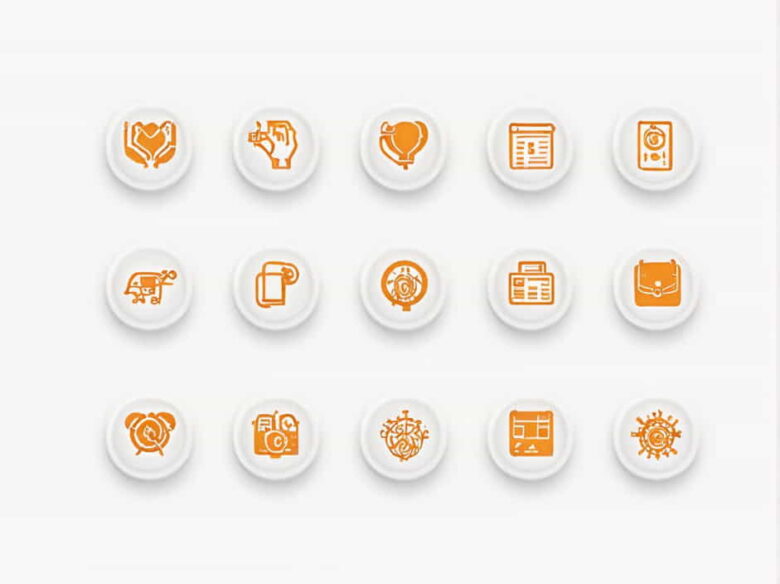Departmentalization in elementary schools is a teaching model where students rotate between different teachers who specialize in specific subjects, rather than having one teacher cover all subjects. This approach, commonly used in middle and high schools, is gaining popularity in elementary education due to its many advantages.
This content explores the benefits of departmentalization in elementary schools, including academic improvement, teacher expertise, student engagement, and overall classroom efficiency.
What Is Departmentalization in Elementary School?
Departmentalization is a system where teachers specialize in particular subjects, such as math, science, reading, or social studies. Instead of one teacher handling all subjects for a single class, students move to different teachers throughout the day.
This structure differs from the traditional self-contained classroom model, where one teacher instructs the same group of students in all subjects. Departmentalization offers a more focused and specialized approach, which has several advantages for both students and teachers.
Academic Improvement Through Specialization
1. Teachers Become Subject Experts
One of the biggest benefits of departmentalization is that teachers can focus on mastering a specific subject. This allows them to:
- Gain in-depth knowledge of their subject matter.
- Stay updated on the latest teaching strategies.
- Provide more effective and engaging instruction.
When teachers specialize, they can refine their lessons and present content in a way that enhances student understanding.
2. Improved Student Performance
Students often benefit from being taught by educators who have specialized expertise. Departmentalized instruction helps improve:
- Concept clarity Teachers can explain subjects more effectively.
- Higher-order thinking Lessons are structured to challenge students appropriately.
- Test scores and comprehension Research shows that subject-focused teaching can boost academic achievement.
By learning from specialized teachers, students can grasp complex topics more easily, leading to better overall performance.
Increased Student Engagement
1. Variety in Learning Environment
In a traditional classroom, students spend the entire day with one teacher, which can lead to monotony. Departmentalization introduces variety by allowing students to move between classrooms and experience different teaching styles. This helps to:
- Keep students more engaged.
- Reduce classroom boredom.
- Make learning more dynamic and exciting.
2. Stronger Teacher-Student Connections
While some may worry that students wont form strong bonds with teachers in a departmentalized system, the opposite can be true. Since teachers see multiple groups of students, they:
- Get to know a wider range of students.
- Build meaningful relationships based on shared subject interests.
- Create a more inclusive and collaborative classroom environment.
When students interact with multiple teachers, they develop adaptability and social skills that prepare them for future education levels.
Improved Classroom Efficiency
1. Better Lesson Planning
Teachers in a departmentalized system can focus on planning high-quality lessons for one subject rather than juggling multiple subjects. This leads to:
- More effective use of class time.
- Well-structured lesson plans with engaging activities.
- Increased use of hands-on learning and technology.
With more time to plan, teachers can ensure that lessons are both informative and interactive.
2. Smooth Transitions and Time Management
Switching classes may seem time-consuming, but it actually promotes time management and responsibility among students. Benefits include:
- Students learning to transition between subjects efficiently.
- A more organized schedule that keeps students on task.
- Teachers being able to start and end lessons promptly without distraction.
Departmentalization fosters a structured school environment where both students and teachers manage their time effectively.
Encouraging Student Independence and Responsibility
1. Preparation for Higher Grades
One of the key advantages of departmentalization is that it prepares students for middle school, where subject-specific teachers are the norm. It helps them:
- Get accustomed to switching classes.
- Adapt to different teaching styles.
- Develop organizational and study skills.
This transition reduces anxiety when moving to higher education levels, making students more confident in managing their workload.
2. Encouraging Personal Accountability
When students have multiple teachers, they learn to:
- Keep track of different assignments and deadlines.
- Manage their materials and homework for various subjects.
- Become more responsible for their own learning.
This early exposure to structured learning environments promotes independence and self-discipline.
Teacher Collaboration and Professional Growth
1. Stronger Teacher Collaboration
In a departmentalized model, teachers work closely with colleagues who teach the same grade level. This encourages:
- Sharing of best practices and teaching strategies.
- Coordinated lesson planning to ensure curriculum consistency.
- A supportive work environment where teachers help each other improve.
Collaboration leads to more effective teaching, benefiting both educators and students.
2. Reduced Teacher Burnout
Teaching multiple subjects can be overwhelming, especially for elementary educators. Departmentalization helps by:
- Allowing teachers to focus on their passion subjects.
- Reducing the stress of preparing for multiple disciplines.
- Creating a more balanced workload.
When teachers feel less overwhelmed, they bring more enthusiasm to the classroom, which positively impacts student learning.
Potential Challenges and How to Address Them
While departmentalization has many benefits, it also comes with challenges. Here are some common concerns and ways to address them:
1. Less Personalized Learning
Some fear that rotating teachers might make it harder for students to form close relationships with educators. Solutions include:
- Implementing advisory periods or homerooms where one teacher serves as a mentor.
- Encouraging teachers to build strong connections within their subjects.
2. Transition Time Between Classes
Switching classrooms can sometimes take time, but this can be minimized by:
- Establishing clear routines for transitions.
- Teaching students time management skills early on.
3. Adapting to Different Teaching Styles
Students may initially struggle with different teachers expectations, but this can be beneficial in the long run. Strategies to help include:
- Providing structured syllabi and study guides.
- Encouraging open communication between teachers and students.
Is Departmentalization Right for Elementary Schools?
Departmentalization offers numerous benefits, from improving academic performance to fostering student independence. By allowing teachers to specialize in specific subjects, students receive higher-quality instruction that enhances engagement and comprehension.
While challenges exist, they can be managed with proper planning and collaboration. Many schools find that a hybrid approach where core subjects are departmentalized while keeping some elements of a self-contained classroom strikes the right balance.
Ultimately, departmentalization is a valuable strategy for elementary education, preparing students for future academic success while making learning more dynamic and effective. Schools considering this model should weigh its advantages and tailor implementation to best support both students and teachers.



